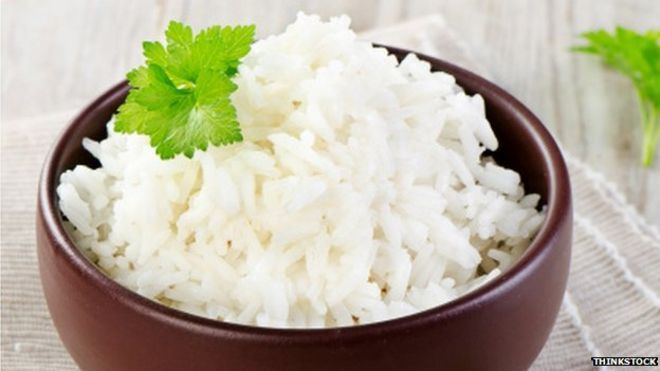Samhain, the time of the ancestors, is a potent time for me. I love the quietness of the earth, and the potent earth energies beneath the ground.
I used to celebrate Halloween, get dressed up and often get drunk at parties. This was a shallow experience for me. Even now that I don’t drink alcohol very much, I am not interested in putting on a costume. It is as if I want less on, to stand fully naked in the world as I am, like Inanna giving up her things as she navigates the underworld in a journey to meet her
wicked sister, Ereshkigal. This year as in years past, the pictures of witches and goblins started to emerge, as well as scary stories and movies and images. This year I started to question the whole paradigm of fear around this time of year. What is everyone so scared of? Why are people so scared of witches and ghosts? What has happened to our culture so that something so powerful, in my experience, can be seen as being harmful and evil.
When I started studying the wise woman tradition of healing, a woman I was carpooling to classes with said she was a witch. I was afraid and I was intrigued. I didn’t know anything about real witches, only the fake images of evil beings worshiping satan. I started to meet more witches and learned about Wicca and paganism and celebrating the earth in the seasons.
The reason I set out to write this piece is because of the fear that is associated with Halloween. I must admit I was afraid of telling people that I was studying Wicca. They may think I am evil. In spite of fear, I began a women’s circle with other women from my herbal class. We did ritual, sang and stirred up some pretty powerful energies.
It has been twenty years since I first became a shamanic herbalist. My studies took me to New York to study with Susun Weed and 15 years ago I started studying and practicing shamanism. I have been initiated as a green witch.
The practice of the green witch is simple. She has an intimate relationship with the plants. They are her teachers, her friends and they offer themselves to her for healing. The green witch has just a few plants with which she works. She knows each intimately.
The green witch has spirit helpers that guide her practice. She knows how to access the invisible realms. She knows how to travel to places in the spirit realm and how to return. She often visits this invisible landscape to cultivate her power. The green witch’s focus is on living in harmony with who she is truly, and on being of service in alignment with this.
Halloween is the time when the green witch reaches the depths of the underworld. She navigates the depths of the inner realms and brings wisdom back to share. There is potency here as she investigates through the darkness. She is guided by her power animals and spirit helpers, listening deeply to the songs given to her by the plants to help her navigate. There is no fear in this journey. There are no bad guys. There may be beings that stir the cauldron to create challenges for change. She surrenders to the transformations needed to become more and more of who she is. There is complete trust.
In order to live this way, it takes practice. Susun Weed says it takes seven lifetimes to become an herbalist. I understand this because of the great fear I have felt in claiming to be a witch and a shamanic herbalist.
Why so much fear? Why denial? Why doubt? I have been thinking and asking about this for awhile. What I have realized is that what we fear is who we are in our most powerful form. Marianne Williamson wrote, “Our deepest fear is not that we are inadequate. Our deepest fear is that we are powerful beyond measure.”
We have created a culture of fear and Halloween is a time to exploit that. The real images of witches are women that work with the powerful earth energies to heal and to bring about change. They are herbalists, midwives, doctors, nurses, dancers, actors, artist and healers. The spirit helpers like Baba Yaga and Hecate, witches who’s images have been distorted into evil women who cast spells on people. But in reality, these goddesses are not evil. And they are not nice! They stir things up and teach about power, real power.
I am feeling called today to remember who I am. To trust in the Goddess to guide me deep into my psyche, into the deepest, darkest forest, to explore the places that require healing and transformation.
And there is no fear.
May it be in Beauty.




